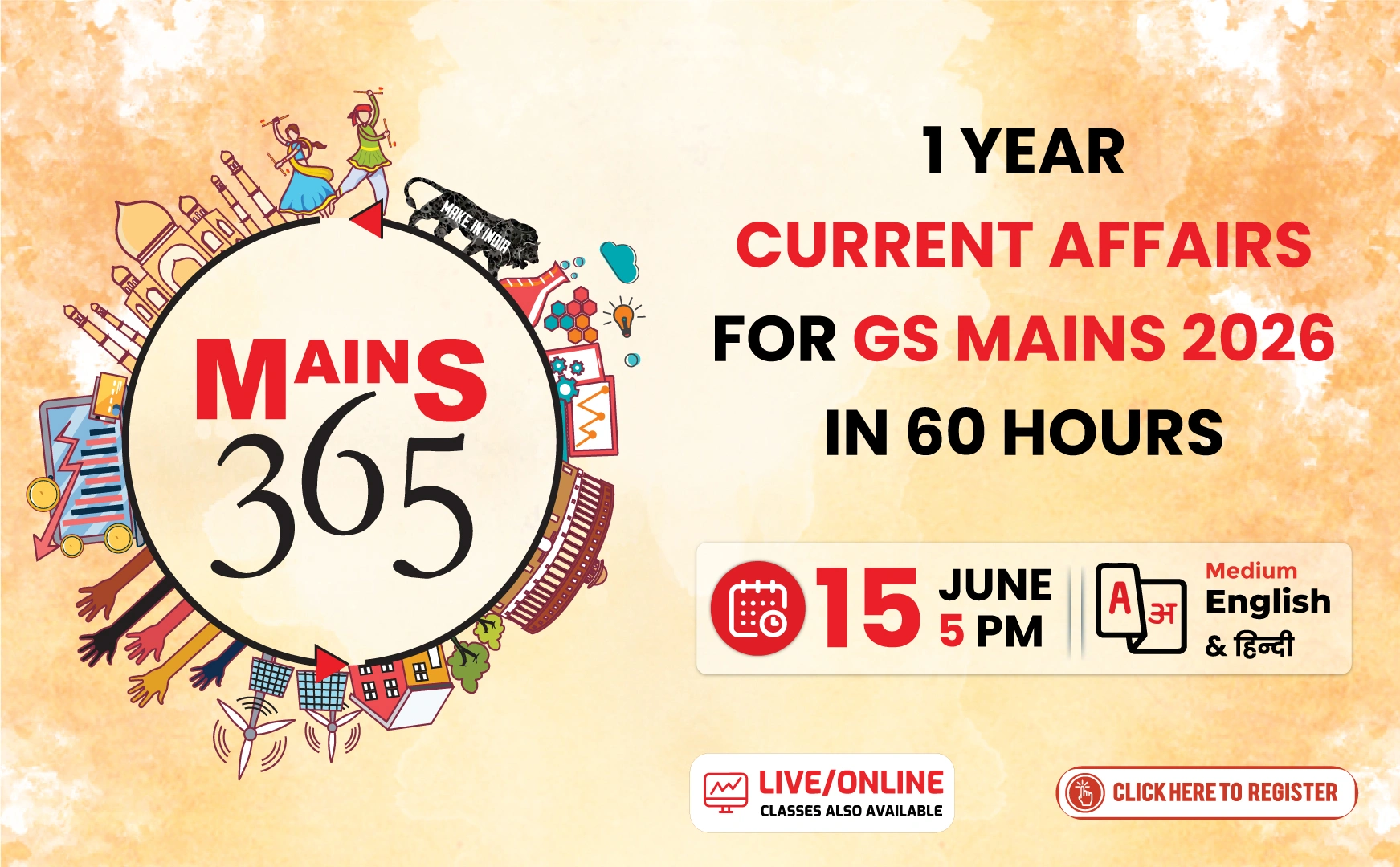October Monetary Policy Overview
The October monetary policy was marked by a significant revision in inflation forecasts by the Reserve Bank of India (RBI), demonstrating a cautious approach rather than decisive actions.
Inflation Trends
- The RBI initially forecasted inflation at 4% but has revised it down to 2.6% over six months, reflecting a 140 basis point reduction.
- Economists were surprised by the decline, which is not merely a statistical anomaly.
- The decline is attributed to:
- Enduring softness in food inflation, supported by strong agricultural output.
- Lack of significant demand resurgence, limiting producers' pricing power.
- Global commodity price suppression due to China's economic slowdown.
Core Inflation and Monetary Policy
- Core inflation has averaged 3.4% over the last 12 months.
- The real neutral policy rate is estimated between 1.4% to 1.9%.
- Current policy rate is at 5.5%, indicating an accommodative monetary stance.
RBI's Decision-Making Process
- The RBI's mandate includes steering inflation to around 4% but requires considering future expectations and the effects of policy easing.
- The real policy rate is at 1%, considering the projected inflation of 4.5% by mid-next year.
Growth Forecast
- The RBI increased its growth forecast to 6.8% for the financial year, based on strong first-quarter performance.
- Growth expectations for the second half of the year are trimmed due to uncertainties like tariffs and global growth concerns.
Rate Cut Considerations
- The timing of rate cuts is crucial due to limited ammunition in monetary policy.
- Potential future rate cuts could align with a lower terminal rate if economic momentum weakens.
- Current conditions, including GST rate cuts, good monsoons, and demand recovery, suggest that an immediate rate cut could be premature.
The views expressed are personal opinions of the writer, an economist at HDFC Bank, and do not reflect the views of Business Standard.



